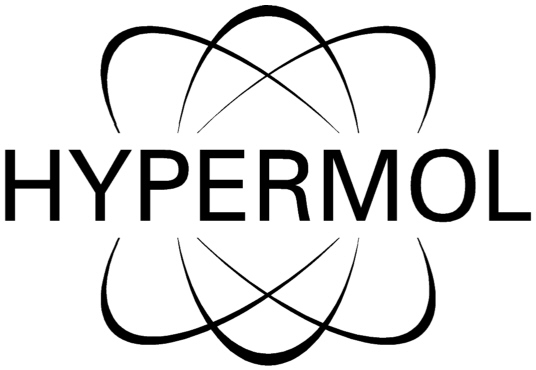FAQs
About Actin
In the following section we refer to frequently asked questions concerning rabbit skeletal muscle actin.
The properties of actin isoforms from non-muscle, smooth muscle etc. vary from these descriptions.
Thus please refer to the corresponding DataSheets for other than alpha-skeletal muscle actins or email your questions to our CustomerService (cusserv@hypermol.com).
Question
How stable is actin?
Answer
To maintain the biological activity of actin it is crucial to store F-actin and G-actin solutions on ice (0°C).
Use a commercially available ice bucket or any styro box from the lab. This may appear trivial, but we often experienced, that actin has been stored in the fridge.
Both, fridge (> + 4°) and freezer (< -20°C) are not the right place to store actin!
G-actin solutions are stable for about one week. Actin stored for more than a week is still polymerizable, but an increasing number of nuclei can form, which affect actin kinetics.
Thus, these G-actin solutions should not be used in kinetic experiments. Nevertheless, they can still be used for F-actin assays (e.g. spin down assays), because the actin is usually not degraded, if free from bacteria.
F-actin are far more stable. Actin filaments can be stored on ice for two weeks and longer, provided that bactrial growth is prevented. We recommend to add 0.2 mM ATP, pH 7.4 (100mM ATP, pH 7.4, Cat. #: 5122-01) each week to the solution kept on ice.
Question
How can actin solutions be stabilized?
Answer
Actin from Hypermol is supplied as a freeze dried powder, if not ordered as a solution. Prior to freeze-drying the actin solution is sterile filtered (0.2 µm). Actin should only be reconstituted with ultrapure water (0.2 µm filtered), to avoid unnecessary introduction of bacteria. Actin solutions contain ATP, which is a favorable substrate for bacteria.
Question
How is actin polymerized?
Answer
Monomeric actin - also called Globular-actin (G-actin) - readily polymerizes under physiological buffer conditions to form actin filaments (F-actin). Actin is an ATPase, since the polymerization process is associated with the hydrolysis of ATP by each actin monomer. During polymerization F-actin forms a double-helical filament.:

The propensity of G-actin to polymerize into actin filaments depends on the affinity of the actin monomers for the filament ends. Below a certain actin monomer concentration (0.12µM), actin alone cannot polymerize. This concentration is termed the “Critical Concentration”, short Cc. At monomer concentrations above the Cc, actin polymerizes until the concentration of the free actin monomers is between to the Cc of the plus end and the minus end.
When one is working with actin in vitro, the extent of actin polymerization depends upon the solvent conditions. The Cc is a function of the rate constants for monomer association and dissociation and both processes depend on parameters like ion type, concentration and ionic strength:
Cc decreases as the ionic strength increases;
Cc decreases as pH decreases;
Cc decreases as increases;
Alterations of the ion type (e.g. monovalent: K+ vs. Na+, divalent: Mg++ vs. Ca++) and concentration lead to a variation in quantity and lengths of actin filaments. Magnesium strongly promotes the nucleation of actin compared to Calcium. Thus polymerization with 2 mM Mg++ alone produces a higher quantity of slightly shorter filaments compared to the polymerization with 50-100mM KCl alone.
Note that actin isoforms have different Ccs.
Question
At what speed is G-actin centrifuged prior to use?
Answer
This depends on the purpose. If you wish to make actin filaments to work with, actin from Hypermol can be reconstituted and used without any pre-treatments.
Actin supplied in a freeze-dried state, dissolves instantly upon addition of water. Nuclei or short oligomers which form as a result of freeze-drying, alter the polymerization kinetics. This holds true for actin and actin-conjugates. Therefore, whenever G-actin is required as a starting material, it is necessary to ensure the G-actin state using one of the following methods:
- Centrifugation at 100.000xg, 3h or 150.000xg, 2h;
- Gel permeation chromatography (e.g. Superdex 200);
Question
How is F-actin pelleted?
Answer
Actin filaments can be centrifuged at 100.000xg for 3h at ~15°C. The Cc is higher at lower temperature, which results in an increased quantity of free actin monomers. Thus, the yield of actin filaments is higher at moderate temperature.
